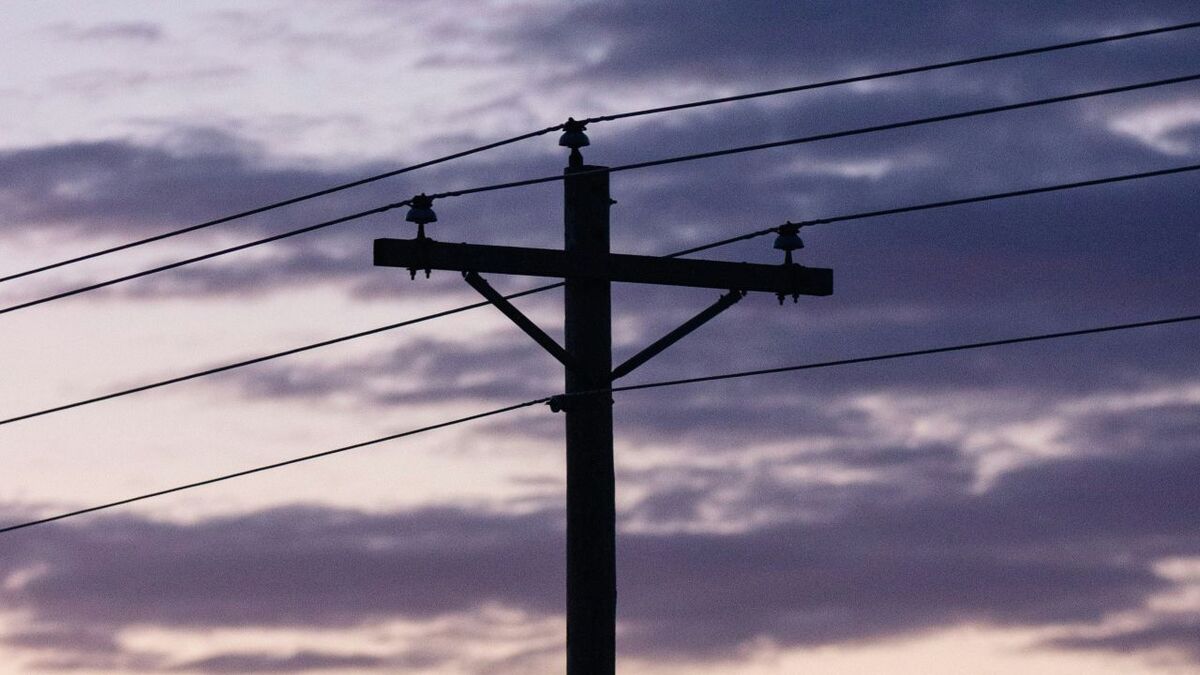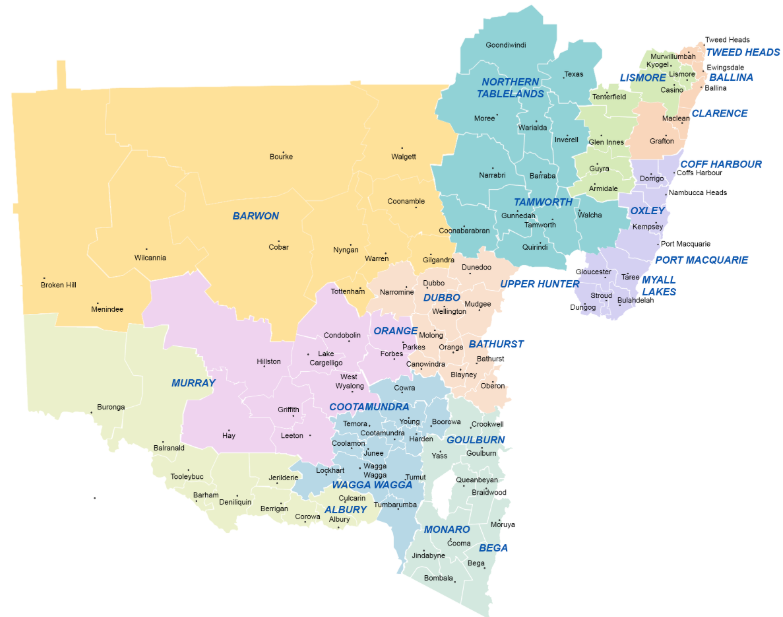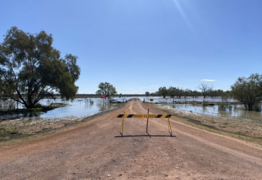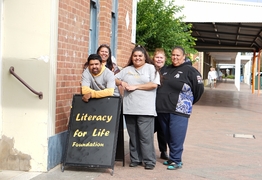Electricity price rises to hit Western Plains hardest
Kristin Murdock
27 May 2025, 9:20 PM

From July 1, electricity prices across NSW are set to rise again - hitting some of the most vulnerable communities the hardest.
For regional NSW, especially the areas covered by Essential Energy (which includes western NSW such as Dubbo, Bourke, and surrounding regions), the electricity price increases are among the highest in the state.
Households and small businesses across western New South Wales are bracing themselves with the Australian Energy Regulator confirming increases for customers in regional areas.
While the national energy regulator says the increase is necessary to reflect rising wholesale and network costs, community advocates say it will disproportionately impact vulnerable people in already struggling regional towns.
In the Essential Energy distribution zone which covers most of inland New South Wales including Dubbo, Bourke, Cobar, and Broken Hill, residential customers can expect to pay an average of 9.1 per cent more, while small businesses will see a 7.2 per cent increase in their electricity bills.

The Essential Energy coverage map.
Price breakdown
Here’s how it breaks down by distribution zone, based on the Australian Energy Regulator’s (AER) Default Market Offer (DMO) 2024–25 final determination.
Residential electricity price increases:
- Essential Energy (regional NSW including west of Dubbo): +9.1 per cent increase (~$219 more per year)
- Ausgrid (Sydney, Central Coast, Hunter): +4.2 per cent (~$100 more per year)
- Endeavour Energy (Greater Western Sydney, South Coast): +3.4 per cent (~$87 more per year).
Small business electricity price increases:
- Essential Energy: +7.2 per cent
- Ausgrid: +1.7 per cent
- Endeavour Energy: +2.7 per cent.
The Australian Council of Social Service (ACOSS) says these figures translate into real hardship for those already forced to make impossible choices.
“People on low incomes are already skipping meals, going without medications, or selling personal items just to keep the lights on,” said ACOSS CEO Dr Cassandra Goldie.
She is calling on governments to act quickly, with targeted support including energy debt relief, upgrades to housing for better energy efficiency.
ACOSS are also calling for an overhaul of how renewable energy subsidies are paid for, proposing they be moved from electricity bills to the federal budget, which could lower bills by around seven per cent.
The latest price hike comes as aging coal-fired generators become less reliable and global gas prices remain high.
At the same time, many inland towns still rely on outdated energy infrastructure, leaving them particularly exposed to supply disruptions and price fluctuations.
For communities in the Western Plains, where high temperatures in summer drive up cooling costs and winter nights can be bitterly cold, energy bills are already a major pressure point.
Energy alternatives
Francis Vierboom, CEO of Rewiring Australia argues that long-term relief lies in helping households transition to electrified systems powered by local solar energy.
“People don’t have to wait for new transmission lines and mega projects,” Ms Vierboom said.

Energy resilience is important according to Rewiring Australia CEO, Francis Vierboom
“Households with rooftop solar, batteries, electric appliances, and EVs can slash their energy bills and reduce their exposure to price spikes.”
Rewiring Australia is supporting a number of pilot programs across the country including the successful Electrify 2515 project in coastal NSW which has shown that local energy systems can reduce bills and improve energy resilience.
Back in western NSW, residents are encouraged to check their current energy deals using government comparison tools like Energy Made Easy, and to speak with their energy retailer if they are struggling to pay their bills.
“One-off energy rebates to everyone are poorly targeted, expensive, and do not provide the permanent bill relief other solutions offer,” Dr Goldie said.
“To deliver on its promise of leaving no-one behind, the government must provide targeted support to those that need it the most, starting with a substantial increase to Jobseeker and related payments, providing energy debt relief, and prioritising more investment in home energy upgrades to low-income housing and for renters.”
As energy costs continue to rise, pressure is mounting on both state and federal governments to act swiftly - before even more Australians are left in the dark.



